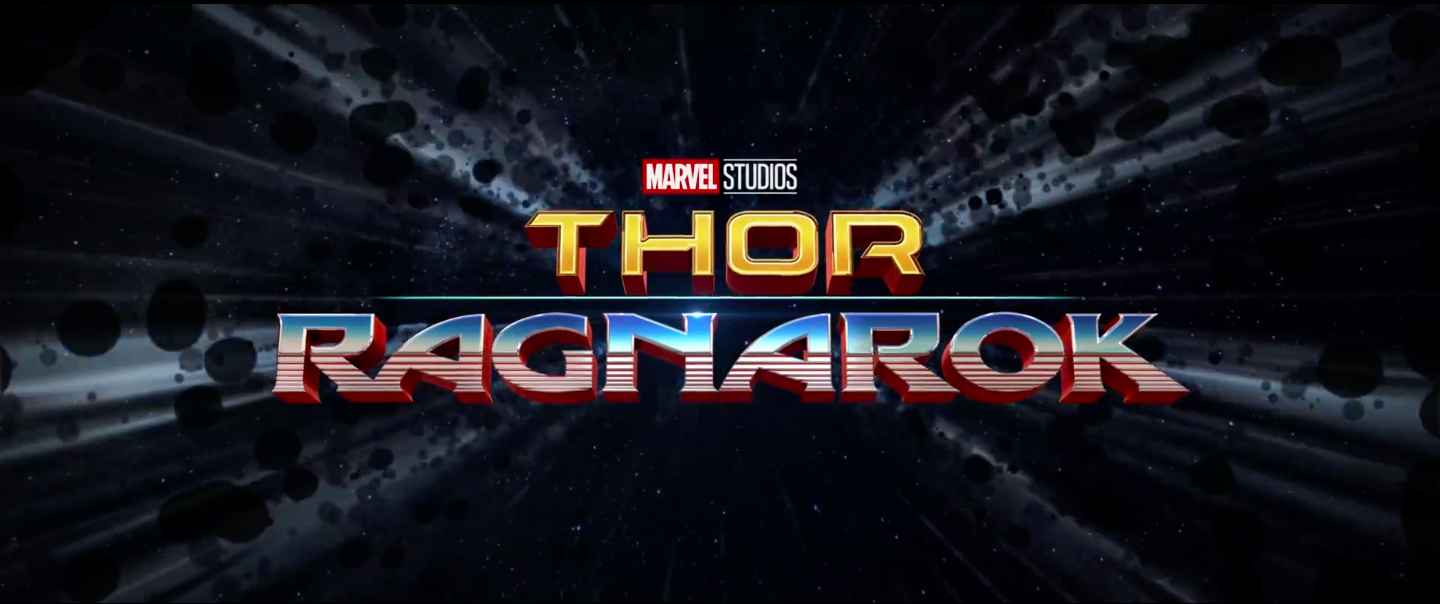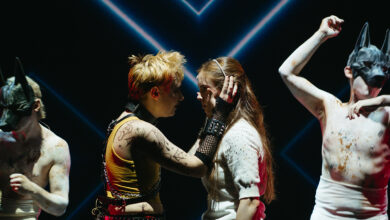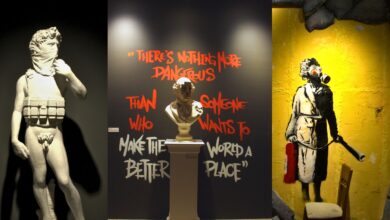Film Review: Thor: Ragnarok
 Supplied
SuppliedThor: Ragnarok
Directed by: Taika Waititi
Starring: Chris Hemsworth, Tom Hiddelston
Marvel’s recent take on comedy is a better representation of the Scandinavian mythos than anticipated — with a mix of wit and great music, the film stands out in the increasing crowd of superhero movies.
Thor: Ragnarok is the third instalment of Marvel’s take on the Norse pantheon. It was directed by Taika Waititi, who recently finished the hit comedy Hunt for the Wilderpeople. Thor: Ragnarok steers away from its two serious predecessors, firmly planting itself in comedy genre with a distinct buddy cop vibe. In short, the film sees Thor go on an action-packed quest to stop the goddess of death and prevent Ragnarok, the destruction of Asgard. When Thor’s faithful Mjölnir hammer is broken, he needs to assemble a team.
The film’s soundtrack is an unusual blend of techno and classic rock that perfectly showcases the futuristic elements of Thor’s world in conjunction with its classic Norse roots. Using songs like Magic Sword’s “In The Face of Evil” and Led Zeppelin’s “Immigrant Song” were vital to creating this atmosphere. The latter is about Norwegian Vikings, making it the ideal choice for a theme song.
Costuming was also a pleasant mix of past and future. Thor’s gladiator outfit is reminiscent of Spartacus: shoulder armour, two swords and short hair. Valkyries clothing paid homage to proper fighting attire by choosing to covering her completely. Loki’s attire demonstrated restraint, highlighting his slyness with the darker colour pallet. Both Thor and Loki’s costuming emphasize their characteristics. Thor has the armoured skin to stress his brawn, and Loki a has simple cross body design to underline his physical weakness.
Thor: Ragnarok steals Guardians of the Galaxy’s comedy crown with side-splitting jokes every few minutes. That said not all the jokes are perfect — some were too repetitive or running jokes that went on for too long — but a clear majority were worth a snicker.
Marvel’s interpretation of Thor differs from the classic mythology, but they aren’t completely off. The mythology has Thor as the god of thunder, and he does have a hammer named Mjönir. Odin is known as the allfather and has one eye, and Loki is a giant who uses magic and hangs out with Thor. Asgard, home of gods, Midgard, the mortal world, and Jotunheim, the realm of the giants are all real places in mythology. Heimdall is the guardian of the gods, and Sif is the love interest for Thor.
But there are a few major differences between the myth and the film. A common misconception is that Loki is a god — in Norse mythology, he is instead Thor’s magical giant companion. There is also the case of mistaken identity with the goddess of death: in the film Hela is Thor’s older sister, but in mythology, she is Loki’s daughter. Marvel’s Ragnarok is the ending of Asgard, but in the classic myth, it symbolizes the end of everything, where Loki’s monstrous children cause the end of the world and kill the gods.
The film is a perfect example of Marvel’s comedy and action working together. Although it is not an entirely accurate depiction of Norse mythology, the film brings new life to the lore. With the focus on interpersonal relations and comedy, Thor: Ragnarok is decidedly not a two-hour long advertisement for the next set of Marvel films.
Score: 4.75/5




